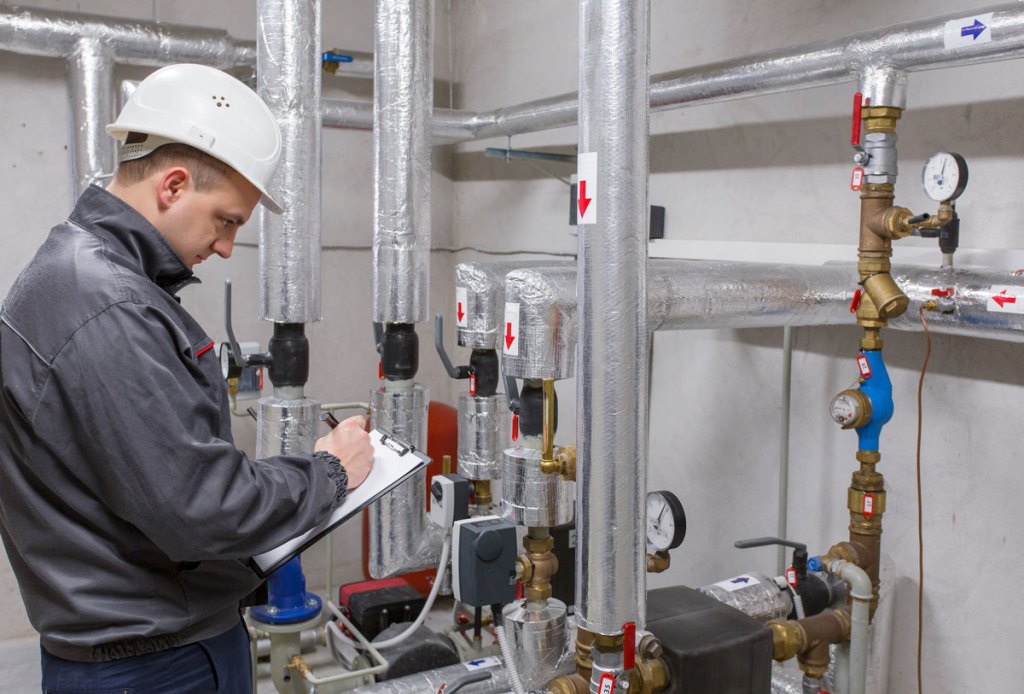Has your company missed the ESOS deadline?
Although the Department of Energy and Climate Change (DECC) implemented the UK Energy Saving Opportunity Scheme (ESOS) as early as 2015, many companies are still lagging behind in complying with the directive. With the deadline for Phase 2 of the ESOS Regulations as the 5th December 2019, non-compliant businesses leave themselves open to the risk of enforcement action. Julian Grant of Chauvin Arnoux gives the low down on how you too can get caught up on ESOS and avoid paying eye-watering fines.
To begin with – what is ESOS? ESOS is a mandatory energy assessment scheme for organisations in the UK that meet the qualification criteria. Organisations that qualify for ESOS must carry out an ESOS assessment which consists of audits of the energy used by their buildings, industrial processes and transport to identify cost-effective energy saving measures. These audits have to be conducted every four years and businesses must notify the Environment Agency by the set deadline of December 5th, 2019 that they have complied with their ESOS obligations.
All qualifying organisations that did not complete an ESOS Assessment and submit a compliance notification by the compliance deadline will now find themselves at risk of enforcement action. For companies that have failed to comply with Phase 1, a number of penalties ranging from £45,000 to £90,000 have been issued. It goes without saying that Phase 2 penalties are believed to be at least as stringent.
If you have received a worrying letter regarding ESOS, that is because the Regulators are currently issuing compliance notices to all businesses in the UK which may be required to participate in ESOS but have not yet submitted any records of their having completed a notification.
If you haven’t submitted yours and are falling behind in your compliance, not all is lost. Remember that the period of time by which organisations are late, as well as their efforts to comply, will all be taken into consideration when determining any applicable enforcement action. In order to minimise the chances of penalties, ensure that you keep an evidence pack of all the work you did to complete your ESOS commitments – even if this is still ongoing.


A primary step in becoming compliant is to calculate your total energy consumption – i.e. the energy used by assets held or activities carried out by your organisation (be it the energy consumed by buildings, industrial processes or transport). Next, you must try to identify the areas within your business where significant energy is used and look for opportunities for savings.
Crucially, as long as 90% of your total energy consumption is covered, you can use a mix of approaches with some of your energy consumption covered by ISO 50001; some by DECs or GDAs and some by ESOS energy audits. Gaining ISO 50001 accreditation (Energy Management System) ensures that you are fully ESOS compliant. It’s important to note that the ISO 14001 (Environmental Management System) certification does not guarantee compliancy; however, evaluating energy usage as an environmental impact provides a good foundation for organisations to become compliant.
In order to ensure that the reports are accurate, you must appoint a lead assessor to carry out, oversee and review your energy audits and overall ESOS assessment. Lead assessors can be employees or external contractors, but the caveat is that they must be members of an approved professional body register. They must be able to carry out an energy monitoring survey to determine exactly where energy is being used. Maybe it’s not just the heating, lighting and operations and manufacturing processes. Computers and office equipment, items often left on out of hours, are equally culpable; an energy survey will provide the answers and make it much easier to take the appropriate remedial action.
The next step is to submit your ESOS notification of compliance to the Environment Agency when you have undertaken an ESOS assessment and are compliant with your obligations. The notification deadline was 5th December 2015 for the first cycle and then every four years afterwards. If you missed the deadline, then submit your notification as soon as possible so as to avoid the high penalties.
If you are one of the many companies that are still in the process of gathering data for their assessment, then its important to keep clear records of all the steps you have taken so far, as this will reduce the penalty fee even if the deadline has passed.

Finally, remember that energy monitoring should not be regarded as another hurdle for your business. It is an ongoing process that has continuing measurement and benchmarking at its core. After all, even if your initial energy saving efforts are every bit as effective as you hoped, there’s no guarantee that they’ll remain effective indefinitely; even the best equipment can break down and its performance will almost certainly deteriorate as it ages. On-going monitoring will help you to spot these issues and deal with them promptly. And, who knows, it may also help to identify even more ways of saving energy and money and staying compliant with future guidelines.

